Cucumbers of the Paratunka variety: botanical characteristics, yield indicators and growing rules
Cucumbers Paratunka f1 is a domestic hybrid variety, bred more than 10 years ago. Differs in high yield and fast ripening period (about one and a half months). Resistant to various diseases and temperature extremes - such plants can be grown both in greenhouses and in beds.
Breeding history
This variety was bred relatively recently - in 2006. Employees of the Semko-Junior company worked on its creation under the leadership of the breeder Yu. B. Alekseev. In the same year, the variety was included in the state register of breeding achievements.
Fruits can be grown in all regions of the European part of Russia - from the North-West to the Black Earth Region, Kuban and the North Caucasus. The culture is successfully bred in open and closed grounds, mainly on private land plots, dachas. The fruits are hardy and ripen on average 42–44 days from the moment the first shoots appear.
Why is the variety interesting?
The Paratunka variety attracts the attention of summer residents with its early maturity and high yield (from 10 to 22 kg per square meter of soil). In addition, the fruits are beautiful in appearance - they do not bend, contain few tubercles and have a uniform color (without pronounced ribs).
The cucumber pulp is dense, the taste is pleasant, slightly sweetish. The fruits are quite juicy, versatile in use - they are used both fresh and in salted, pickled form. If the cooking technology is observed, pickles are stored for 2-3 years.
Description of the variety
Description of the variety, its botanical characteristics and yield indicators can be found in the table:
| Variety information | Selective, first generation f1 hybrid |
| Pollination type | Parthenocarpic (insect-free ovary) |
| Type of ovary formation | Buchkovy |
| Ripening rate | Mid-season, planting to harvest - 55 days |
| Cultivation area | Central Russia, open and closed ground |
| Stocking density | 3-4 bushes per 1 m 2 |
| Yield | 11-16 kg from 1 m 2 |
| Purpose of fruits | Universal: for fresh consumption, preparation of pickles and pickles |
| Is there any bitterness | May taste bitter with insufficient watering |
| Resistant to adverse conditions | Resistant to temperature extremes, but at soil temperatures below 13 ° C, fruits cease to set |
| Disease resistance | Resistant to all common diseases - brown spot, bacteriosis, powdery mildew |
The plant is quite branched, the fruits are rich green, up to 10 cm long. They are formed in bunches (2-3 cucumbers each).
Pros and cons of Paratunka cucumbers
The biological characteristics of the cucumber and reviews of summer residents show that it is a fairly good variety with high yields.
Paratunka has several tangible benefits:
- Pleasant sweetish taste, juiciness of the fruit. Such cucumbers are used in pickling, pickling, preparing salads and other classic dishes.
- The pulp is dense, has no voids. Differs in complete absence of bitterness, subject to the rules of cultivation
- High yield - on average 10-14 kg per 1 m2 soil. When grown in a greenhouse - up to 22 kg from 1 m2.
- Early harvest - about 6 weeks after the first shoots appear.
- The possibility of growing both in greenhouses and in the open field.
- Resistance to pests and diseases - bacteriosis, powdery mildew, brown spot.
- Nice presentation: fruits about 80 g of classical cylindrical shape, with a small number of tubercles; the ribs are also practically invisible.
Paratunka generally tolerates temperature fluctuations well, but the average daily soil temperature should not fall below +15aboutC. This variety has no particular disadvantages, since it requires exactly the same growing conditions as most others. However, the seed material is quite expensive (130–150 rubles per 10 pieces), which is quite repaid with a high yield and a quick ripening period.
Growing features
The seeds are grown outdoors. You can sow them in the ground immediately, without seedlings. Readiness criterion - soil temperature not less than +15aboutFrom and air at least +22aboutC (late May - early June). In regions with late spring, it is permissible to grow in the form of seedlings, and then transfer to open ground. Sowing for seedlings is carried out on average one month before the intended planting in the garden.
To obtain healthy seedlings, you should take into account the following rules:
- only heated, disinfected soil is taken;
- it is better to moisten seeds and soil before sowing - this increases germination;
- the degree of penetration is no more than 2 cm. It is better to plant in containers in a checkerboard pattern.
The rest of the growing conditions coincide with the requirements for the care of other varieties of cucumbers. After the first shoots appear, it is necessary to slightly lower the temperature - for example, from +25aboutFrom to +22aboutC. This will ensure the normal growth of seedlings, which will be strong and at the same time will not stretch. The sprouts must be constantly moistened and provided with light for at least 12 hours a day (if necessary, illuminate with a special lamp).
Seedlings are placed on the beds with an interval of at least 15 cm, the distance between rows is from 65 cm (maximum 4 bushes per 1 m2). It is recommended to grow in greenhouses to overcome temperature extremes and the negative effects of excess sunlight. During the entire cycle, they are watered abundantly (only in the evening and only with warm water) and fed with slurry or complex fertilizer according to the instructions.
If Paratunka is grown outdoors, it is not necessary to install trellises. When growing in greenhouses, it is advisable to use supports.
Reviews of gardeners
You can find different reviews about this variety, but among them there are much more positive ones. Gardeners note high yields, quick ripening and beautiful appearance of the fruits. In addition, the Paratunka variety is not picky about the content: if the standard requirements for soil, temperature and watering are met, the bush gives a good, stable yield.
Svetlana, 52 years old, Saratov:
“Paratunka learned about cucumbers in 2015 when she was walking around the market. I noticed that one woman had as many as 2 buckets of cucumbers left, but in general it was already autumn - the rest of the merchants ran out of supplies. I found out what kind of variety, and the next year I planted it in my country house. She spread a few bushes - purely for the sake of experiment. As a result, I got a decent harvest - almost half a bucket from 1 bush! The cucumbers are smooth, neat and may well be sold. But I personally grow it for pickling - it turns out very tasty, really crunchy! "
Vladimir, 45 years old, Krasnodar:
“I've known the Paratunka variety for a very long time - probably 7 years for sure. The cucumber is good, productive, the fruits are beautiful and without any special thorns, tubercles. If you water and feed normally, you will not find any bitterness at all. Just follow the minimum requirements as with other varieties. In the Kuban region, it is grown in the open field, and in the Middle Lane it is better in greenhouses. But in any case, when watering and feeding, you will get a decent harvest. "
Paratunka cucumbers are deservedly popular. It is a fruitful variety with fast ripening fruits. Compliance with the rules of cultivation guarantees high yields due to the fact that the flowers are able to form ovaries without the participation of insects. Therefore, the high cost of seed will eventually pay off with a bountiful harvest of delicious cucumbers.
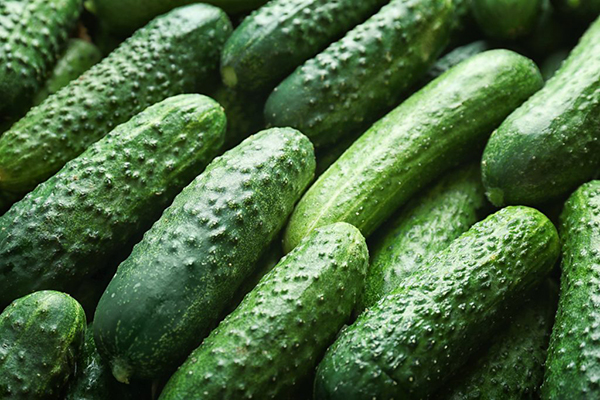


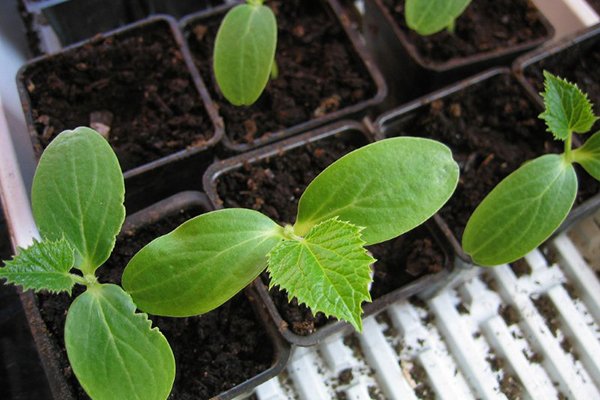


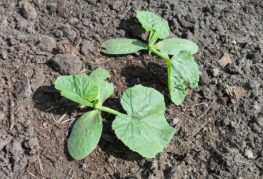
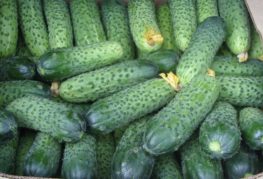

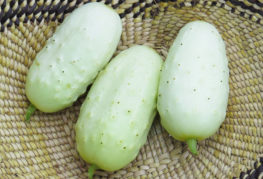

and will be published shortly.